Machine Overview
The vacuum annealing furnace is a heat treatment furnace for annealing metal parts in a negative-pressure environment.
It uses a combination of a mechanical pump and a diffusion pump to create a negative pressure in the chamber, achieving an oxygen-free state, so the metal parts will not oxidize during the annealing process.
This kind of annealing vacuum furnace is often useing to deal with stainless steel, titanium alloy, nickel-based alloy, and other metal parts, etc., to produce chemical reactions in a high-temperature environment, so that the metal becomes more resilient, prolonging the service life of parts.
Usually, the temperature range of the vacuum furnace is 300 ℃ to 1350 ℃, and depending on the specific metals and process temperatures, there will be some differences.
The cavity size of the vacuum furnace is manufactured according to the user’s requirements, typically ranging from 5 liters to 2000 liters. In some special industries, larger sizes may be required.
Table of contents
- Machine Overview
- Design Characteristics of Vacuum Annealing Furnace
- Vacuum annealing furnace technical data
- Vacuum oven supplier factory
- The advantages of vacuum annealing furnace
- Other types of vacuum furnaces
- Vacuum Annealing Furnace Advanced Features
- Control System of Vacuum Annealing Furnace
- Our service and support
- FAQ
Design Characteristics of Vacuum Annealing Furnace
Multilayer thermal shielding
A molybdenum sheet and a stainless steel reflective screen are install on the inner wall of the vacuum furnace. The reflective screen reflects heat to the stove, reducing heat loss by 40%. The vacuum furnace, therefore, saves more electricity.
Modular heating zone
The vacuum furnace divides the heating element into 6 to 10 zones. Each zone has independent PID temperature control, and the temperature difference is ± 3 °C. The vacuum furnace ensures that the temperature of the long material is consistent from start to finish.
Double cycle cooling
The vacuum furnace has a water-cooled jacket and an air-cooled unit. Even if the vacuum furnace is in operation, the temperature of the furnace shell is less than 30 °C, and you can touch the furnace body by hand.
Dynamic seal
The vacuum furnace adopts metal bellows and fluororubber double-stage sealing. After sealing, the leakage rate is less than 5 × 10 Pa · m ³/s. The vacuum furnace can run continuously for 30 days without pressure loss.
Vacuum annealing furnace technical data
| ITEM | DATA |
| Delivery time | 120 days |
| Temperature Uniformity | ±5℃ |
| Loading Capacity | 200-1000Kg |
| Max. Temperature | 1300℃ |
| Ultimate Pressure | 4*10-3Pa |
| Cavity size | customized Any size |
| Control program | autonomous programming |
Vacuum oven supplier factory
The advantages of vacuum annealing furnace
Zero oxidation surface
The oxygen partial pressure in the vacuum furnace is extremely low, and the workpiece is still silver. The surface of the part hardly needs secondary polishing.
Significant energy savings
The insulation layer of the vacuum furnace locks the heat in the stove. Compared with the electric furnace of the exact specification, the electricity saving is 45%.
Uniform heat penetration
The vacuum furnace is heated by pure radiation. The heat flow covers 99.2% of the surface of the workpiece, and the hardness dispersion is less than 1 HRC.
Ultra high cleanliness
Vacuum furnace vacuum to 10 Pa. Hydrocarbon residue less than one ppm, to meet the requirements of medical implants.
Other types of vacuum furnaces
Vacuum Annealing Furnace Advanced Features
- partial pressure control
The vacuum furnace can inject high-purity nitrogen or argon. It has automatic control of the valve; the engineer can write a running program if the conditions for automatic inflation are met.
- online degassing
Vacuum furnace built-in condensation trap. A condensation trap volatilizes matter to avoid pump oil pollution.
- Automatic loading
The vacuum furnace is equipped with an electric loading truck, which can realize automatic loading and unloading.
- Furnace door locking device
The door of the vacuum furnace has an automatic locking device to ensure that the door of the nitrogen-filled furnace will not be opened in a vacuum environment.
Control System of Vacuum Annealing Furnace
- Multi-protocol communication
Vacuum furnace supports Modbus TCP, PROFINET, and EtherCAT. PLC directly reads process data without conversion.
- Adaptive temperature control
The vacuum furnace adopts a PID plus fuzzy algorithm. Heating overshoot is less than 2 ℃.
- 3D temperature map
The vacuum furnace screen displays the temperature field cloud map in real time. The hotspot is clear at a glance, and it only takes 5 seconds to adjust.
- Remote diagnosis
The vacuum furnace has a built-in communication module, and engineers can view the vacuum curve at home after connecting to the network.
- Process database
The vacuum furnace can store 2000 sets of formulas. One-click completion when calling, and new employees can also operate.
Our service and support
- Custom design
The vacuum furnace team designs a special material rack according to the size of the workpiece. The fixture is in place at one time without rework.
- Installation verification
Vacuum furnace engineer on site for 48 hours. Vacuum pressure, temperature, and cooling are all up to standard after signing the handover.
- Preventive maintenance
The wearing parts of the vacuum annealing furnace are delivered in advance, and parts such as sealing ring sensors are provided free of charge within 3-5 years.
- Process experiment
Vacuum furnace test center free proofing. Customers only need to provide materials, and reports will be delivered within a week.
- Quick response
Vacuum furnace service network covers the world. Any fault problem is solved online; if there is a special problem, we will respond within 24 hours
- Certification Training
Vacuum Furnace Institute issued an ISO 18436 certificate. Operators who pass the assessment can independently set the process.
FAQ
A: It can anneal and heat treat all metal parts
A: You can contact our engineers to get all the details about it.
A: The annealing process may vary, and the time required may vary, typically requiring 2-4 hours.

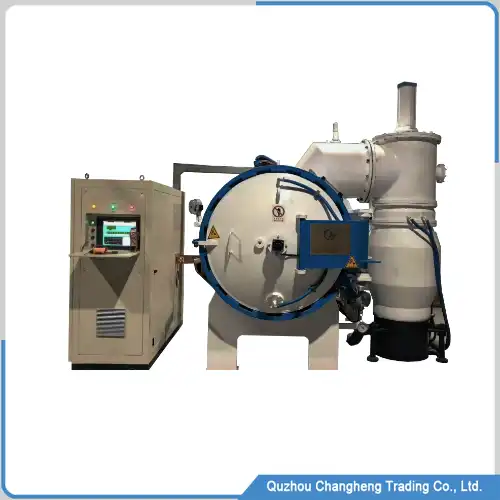
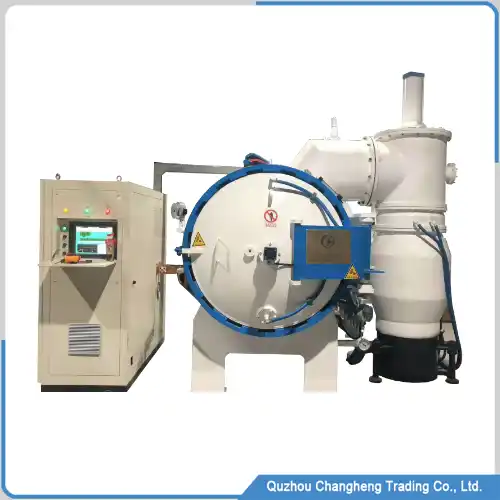
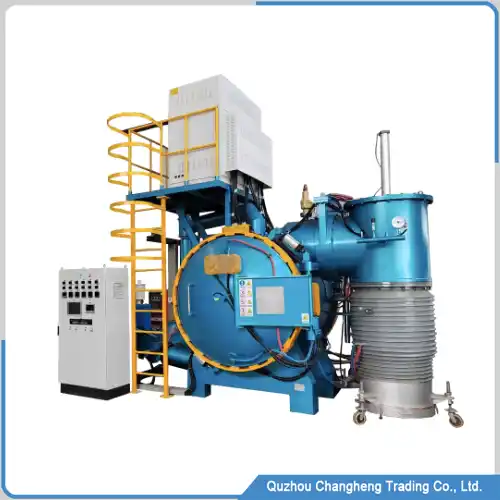
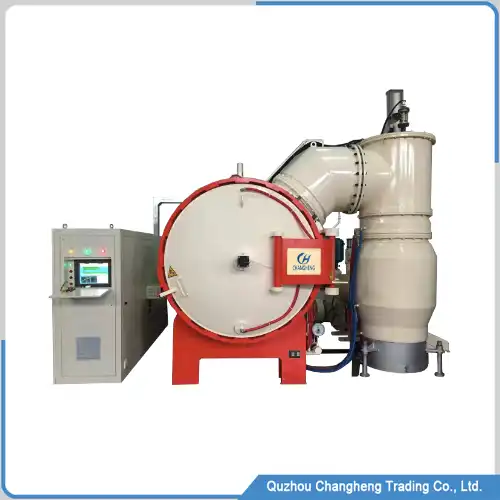
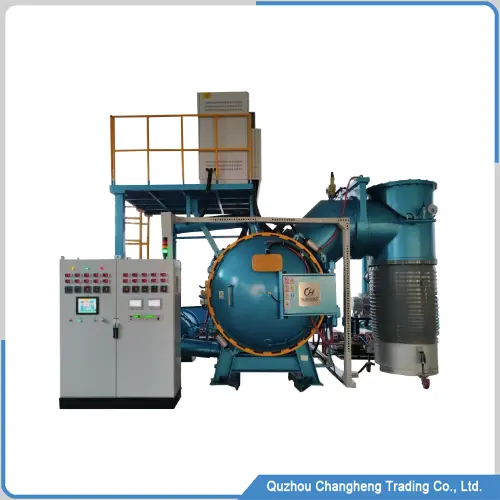
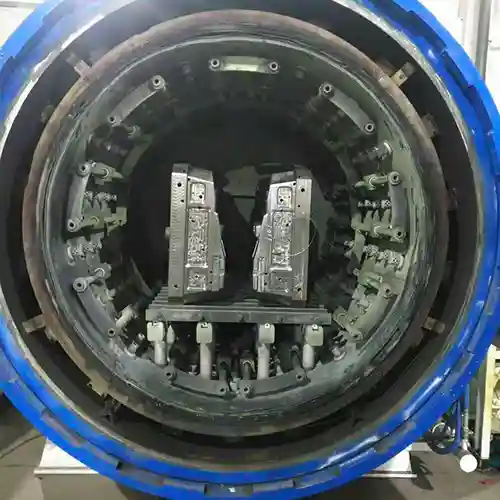
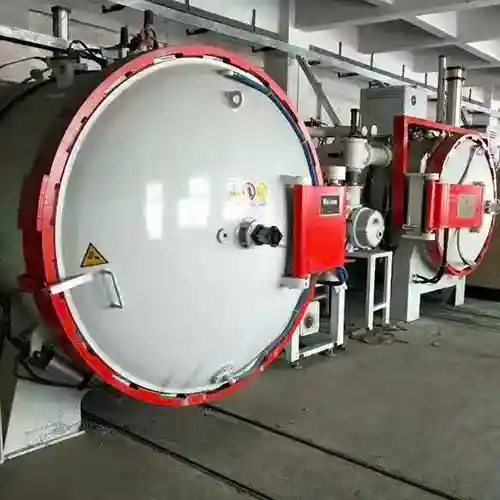

 wechat
wechat